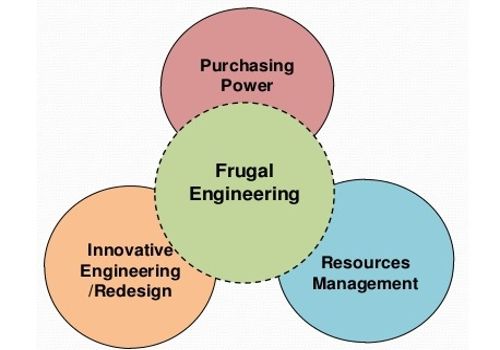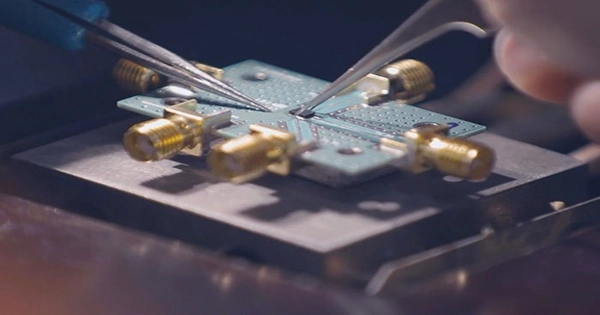Frugal innovation or frugal engineering is the process of reducing the complexity and cost of a good and its production. This term mainly originated in the context of emerging markets. As a process, frugal innovation discovers new business models, reconfigures value chains, and redesigns products to serve users who face extreme affordability constraints, in a scalable and sustainable manner. Usually, this refers to removing nonessential features from a durable good, such as a car or phone, in order to sell it in developing countries. The main idea was to develop products and services that fit these markets’ special needs and requirements and that were cheap enough to give non-affluent customers opportunities for consumption. Designing products for such countries may also call for an increase in durability and when selling the products, reliance on unconventional distribution channels. It involves either overcoming or tapping institutional voids and resource constraints to create more inclusive markets. When trying to sell to so-called “overlooked consumers”, firms hope the volume will offset razor-thin profit margins.
“Frugal innovation provides functional solutions through a few resources for the many who have little means.”
Frugal engineering is not simply low-cost engineering. Globalization and rising incomes in developing countries may also drive frugal innovation. Such services and products need not be of inferior quality but must be provided cheaply. It is not a scheme to boost profit margins by squeezing the marrow out of suppliers’ bones. While frugal innovation has been associated with good-enough performance, in some sectors such as in healthcare, frugal innovation must offer maximum performance without compromising on quality. It is not simply the latest take on the decades-long focus on cost-cutting. Simply, frugal innovation provides functional solutions through a few resources for the many who have little means.

In May 2012 The Financial Times newspaper called the concept “increasingly fashionable”. It recalls an approach common in the early days of U.S. assembly-line manufacturing: Henry Ford’s Model T is a prime example. Frugal innovation is much more than designing a cheaper version of an existing product. It requires a whole new mindset, delving deep to understand the real needs of bottom-of-the-pyramid consumers, finding voids that can be turned into opportunities, and revisiting the way the company is organized and how it delivers its products or offerings on a vast scale.
In contrast, frugal innovation as is practiced in emerging markets purposefully targets the bottom and then makes its way up to other levels to benefit all users. Several US universities have programs that develop frugal solutions. Such efforts include the Frugal Innovation Lab at Santa Clara University and a two-quarter project course at Stanford University, the Entrepreneurial Design for Extreme Affordability program.
















